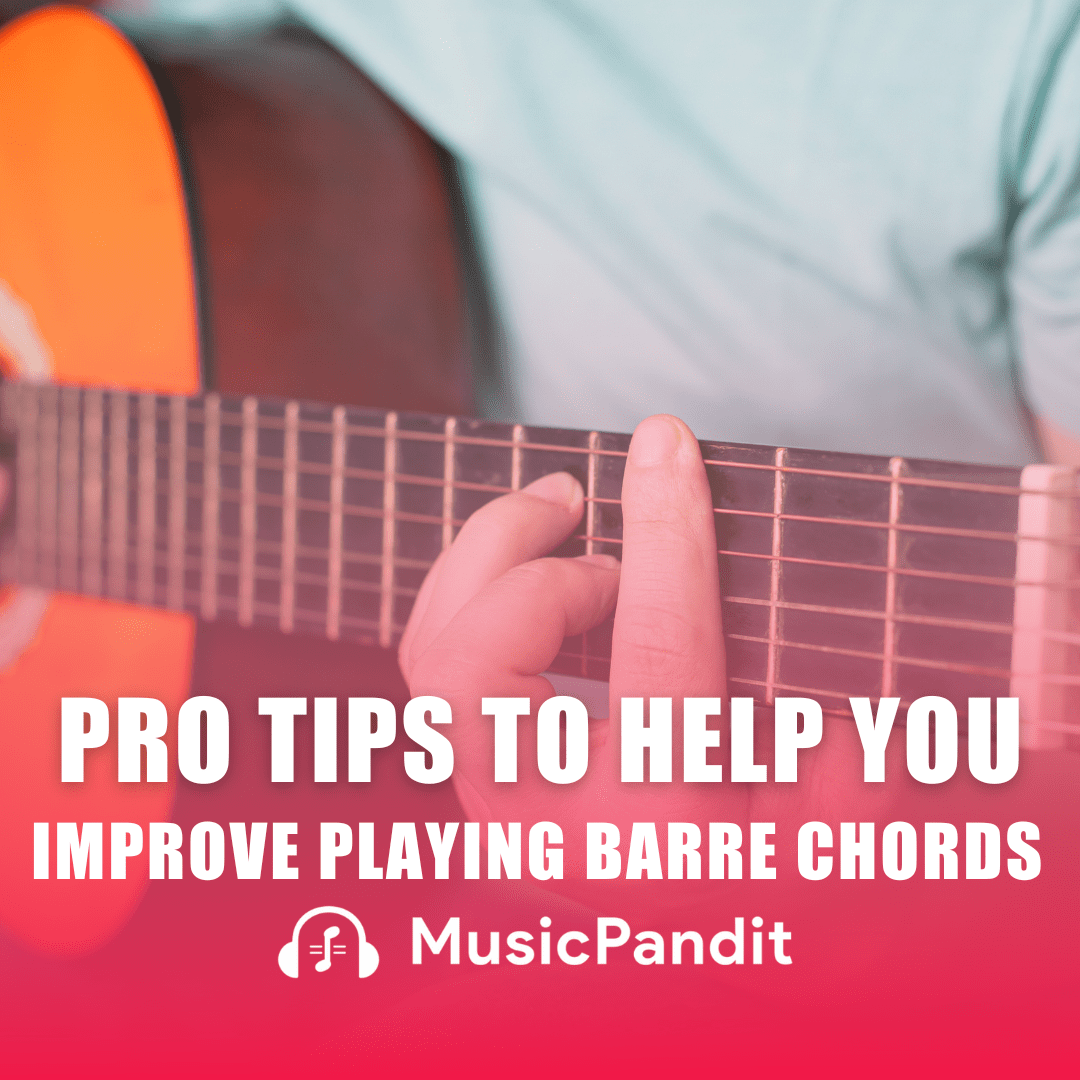In the world of music, understanding the concept of range is essential for both singers and instrumentalists. Whether you sing, play the piano, guitar, or any other instrument, knowing your range will help you perform with confidence and express yourself more effectively.
Let us explore and understand what musical range is, why it’s important, how to develop vocal and instrumental range, and how it benefits musicians.
What is Range in Music?
Range in music refers to the distance between the lowest and highest notes a musician can produce, either vocally or on an instrument. For a singer, it is the span from the lowest note they can comfortably sing to the highest note. For instrumentalists, range defines the pitch limits of their instrument.
For example:
A singer might have a range from the note C3 (the C below middle C) to C5 (the C above middle C).
A trumpet player might have a range that spans two octaves, from a low C to a high C.
Importance of Range in Music
Range is essential because it determines the kind of music you can perform comfortably.
Singers and musicians with larger ranges can perform a broader variety of songs and compositions. Here are a few key reasons why understanding and expanding your range is important:
Versatility: The greater your range, the more musical pieces you can perform. Some songs require high notes, while others are more comfortable in the lower range.
Musical Expression: Having a wider range allows you to convey more emotions in your performance. Higher notes can sound bright and energetic, while lower notes can be rich and warm.
Improved Technique: Expanding your range requires practice and improves your overall control of your voice or instrument. This makes you a more skilled musician.
Types of Range
There are two types of ranges that musicians and singers refer to:
Vocal Range: For singers, vocal range is crucial in understanding the type of songs they can perform. There are different types of voices based on their range, such as soprano (high female voice), alto (low female voice), tenor (high male voice), and bass (low male voice).
Instrumental Range: Each instrument has a natural range that depends on its design. For example, the range of a piano is much larger than that of a flute. Knowing the range of your instrument helps in selecting the right pieces to play.
Developing Your Vocal Range
Many young singers ask: “Can I expand my vocal range?” The answer is yes! Developing vocal range is possible with practice, and here’s how you can do it:
Warm-up Exercises: Always warm up your voice before singing. This prevents strain and helps your vocal cords stretch to reach higher or lower notes.
Breath Control: Good breath control is essential for singing higher and lower notes with ease. Practice taking deep breaths and holding notes.
Scale Practice: Sing scales (up and down a series of notes) to gradually expand your range. Start with comfortable notes and slowly extend to higher or lower ones.
Avoid Strain: Never force your voice to hit notes that are out of your range. Singing should feel comfortable. If you push too hard, it could damage your voice.
Work with a Teacher: A vocal coach can help guide you in exercises tailored to your vocal needs. They can offer feedback on how to improve safely.
Developing Instrumental Range
If you play an instrument, expanding your range takes time and practice, just like with singing. Here are some tips to develop instrumental range:
Scale Practice: Practice scales in both higher and lower octaves to develop finger dexterity (for instruments like piano or guitar) and breath control (for wind or brass instruments).
Work on Technique: Good posture, finger positioning, and breath support (for wind instruments) are key to reaching extreme notes with ease.
Instrument-Specific Exercises: Some exercises are designed specifically to increase range on certain instruments. Ask your teacher for advice on what exercises to try.
Practice Slowly: When expanding your range, it’s essential to practise slowly and deliberately. Speed can come later.
Range and Natural Ability
Everyone has a natural vocal or instrumental range that they’re born with, but with practice, you can develop and expand it. Some people may naturally have a wider range, but don’t worry—your range can grow with dedication and time.
It’s also important to note that each voice or instrument has its own unique qualities. For singers, the timbre (the unique sound quality of a voice) matters as much as range. Some singers may have a smaller range but a distinctive voice that makes their singing special.
Uses of Range in Music
Musicians and singers use their range in various ways to enhance their performance:
Expressing Emotions: Higher notes often convey excitement, joy, or intensity, while lower notes can express sadness, calmness, or warmth.
Creating Musical Dynamics: By moving between high and low notes, musicians can create dynamic contrast in their performances, making the music more engaging.
Different Musical Styles: Certain music genres require different ranges. For example, opera singers often need large vocal ranges to perform complex pieces, while pop singers may focus on mid-range singing with occasional high notes.
Benefits of Expanding Your Range
There are numerous benefits to expanding your range, whether you’re a singer or an instrumentalist:
Confidence: The more notes you can comfortably hit, the more confident you will feel while performing.
More Repertoire: A wider range means more songs or pieces you can add to your repertoire. You’ll be able to perform more challenging music.
Better Technique: As you work on expanding your range, your overall musical technique improves. You’ll have better control over your voice or instrument.
Instrument-Specific Range
Each instrument has its own natural range, and musicians must learn how to navigate and sometimes expand this range. Below are a few examples of the range for different instruments:
Piano: A piano has one of the largest ranges of all instruments, spanning over seven octaves.
Guitar: The standard guitar has a range of about three and a half octaves.
Flute: The range of a flute typically covers about three octaves, from the middle C up to C7.
Violin: The violin has a range of about four octaves.
Trumpet: The range of a trumpet is typically around two and a half octaves, though advanced players can extend this.
Range and Related Concepts
When discussing range, it’s also helpful to know about related musical concepts:
Octave: An octave is the distance between one musical note and another note that is either double or half its frequency. For example, if you sing a C note, the next C above or below is an octave away.
Pitch: This refers to how high or low a note sounds. The range of a voice or instrument is determined by how many different pitches it can produce.
Tessitura: This refers to the range within a piece of music where most of the notes lie. Even though a singer or instrument may have a broad range, the tessitura focuses on the notes that are most comfortable to sing or play.
How to Find Your Range
For singers, finding your range is simple:
Start by singing the lowest note you can comfortably hit and then move up one note at a time until you reach the highest note you can sing without strain.
Make sure to note both extremes—your lowest and highest note. This span is your vocal range.
If you’re learning an instrument, your teacher will guide you in understanding the full range of your instrument and how you can expand it through practice.
Conclusion
Understanding and developing your range is an essential part of becoming a well-rounded musician. Whether you’re a singer or an instrumentalist, knowing your range helps you select the right songs or pieces, improve your technique, and express your emotions more fully through music.
Remember that range is not fixed—it can grow with practice, dedication, and the right guidance. By expanding your range, you’ll unlock more opportunities to enjoy and share the beauty of music.














